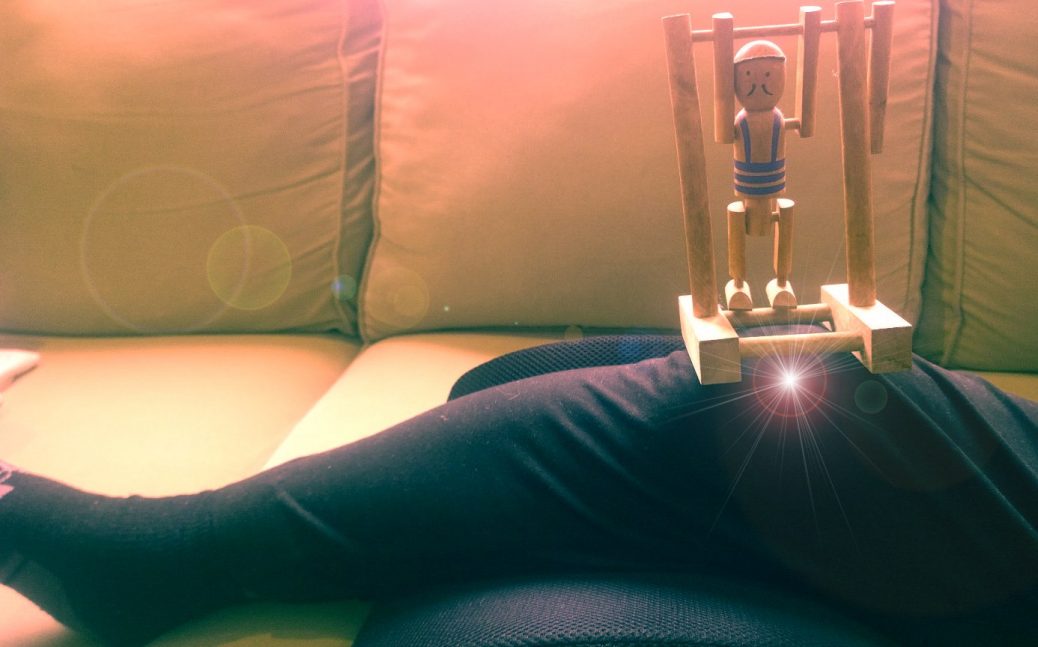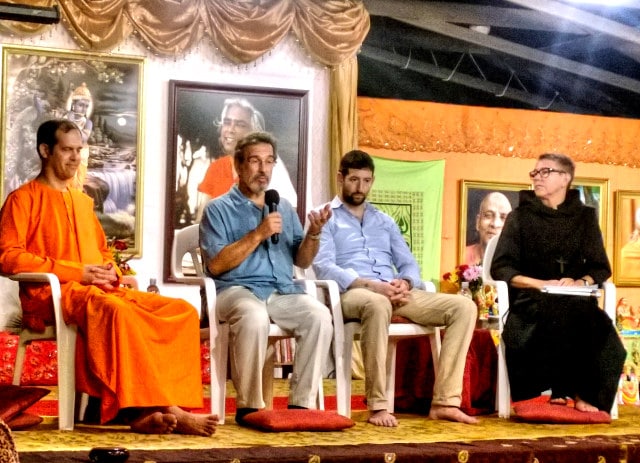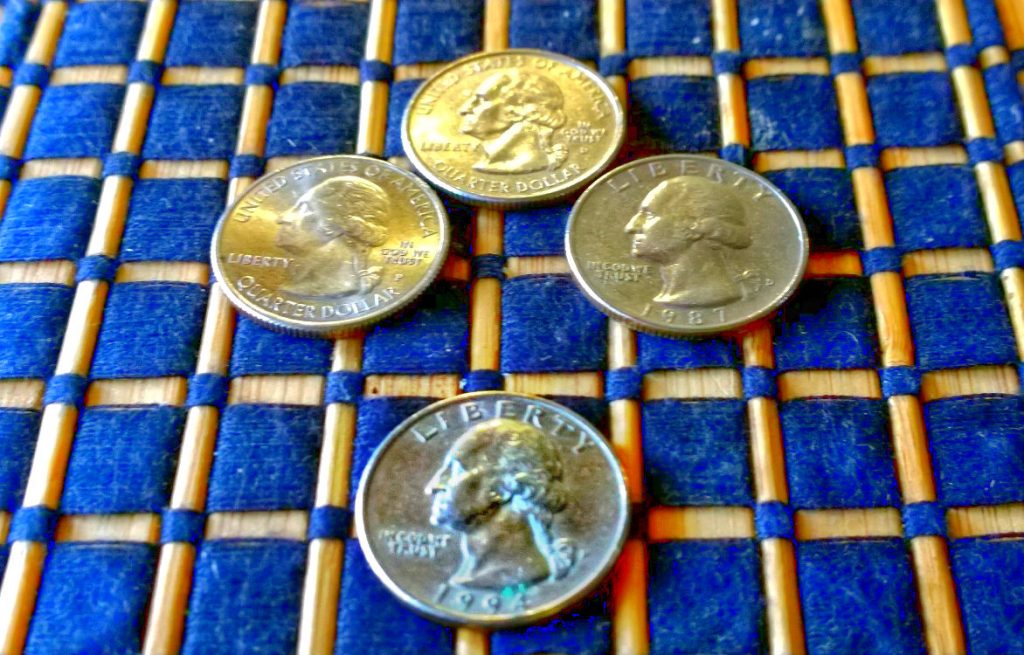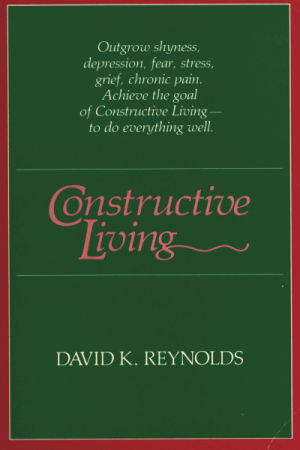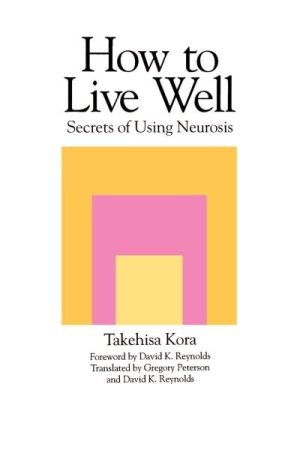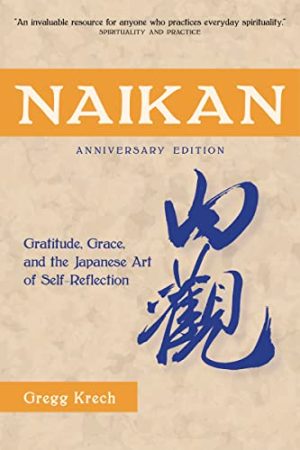It’s been sixteen days since my knee replacement surgery and one of the things I’ve learned about is dealing with pain.
When they slice open your leg and insert a new bionic knee one might expect that a certain amount of pain will follow. So everybody who has this surgery learns something about pain management. But there’s a very different pain-related lesson that has also been part of my recovery syllabus.
How to do things that cause pain.
Most of us have resistance to doing things that make us anxious or uncomfortable. We may resist doing things where we risk embarrassment. We may even resist activities that are simply boring or tedious. So it’s quite likely that we are going to resist activities that are nearly guaranteed to cause us bodily pain.
Do you remember Watergate? One of the men who was convicted was G. Gordon Liddy.
In the book All The President’s Men, Deep Throat says to Washington Post journalist Bob Woodward:
I was at a party once, and, uh, Liddy put his hand over a candle, and he kept it there. He kept it right in the flame until his flesh was burned. Somebody said, “What’s the trick?” And Liddy said, “The trick is not minding.”
This is not a trick that I want to learn, and I don’t really understand why it would be considered admirable to voluntarily burn your flesh. Yet, in the past several weeks, I have had to learn not just to cope with pain, but to take actions that invite pain.
In my case, the three activities of this nature are:
- Icing my knee for 20-40 minutes at a time;
- Doing physical therapy exercises at home wish are designed to get my knee to bend or straighten beyond what it can do comfortably at this point in time;
- Going to physical therapy
Here’s an example of some of my internal dialogue:
“Well, I guess I should ice my knee. But I shouldn’t ice my knee before I do the knee exercises – it will just be cold and stiff. Better to ice it afterwards. But I don’t really want to do the exercises now. I’m still sore from yesterday’s Physical Therapy appointment. Plus, I should take pain medication before I do the exercises. But I’m not scheduled for another round of pain meds for 2 hours. So in two hours, I’ll take my medication, then half an hour later I’ll do the exercises and then I’ll ice my knee. Ok, back to my book.”
This demonstrates what a clever mind can do in order to avoid pain. It sounds very logical, strategic and even scientific. The problem is that in two hours my mind will concoct another creative excuse and if someone doesn’t step in, this can go on all day. And every day.
But it doesn’t.
Not because someone steps in, but because something steps in. And that something is PURPOSE.
I had done a lot of research on this type of surgery and I actually had knee surgery (for an ACL reconstruction) on the same knee 38 years ago. I know that an important element in a successful recovery is regaining your leg’s range-of-motion (ROM). If you can’t bend and extend enough, your mobility and activity will be adversely effected. As part of your body’s healing process, scar tissue will form in the injured area, and that scar tissue, once it is settled, can prevent range of motion.
How quickly you need to regain your range of motion, depends on the person and there is some disagreement about this in the orthopedic world. But the disagreement is about the window of time you have available – not about your need to get your range of motion back.
At the beginning of each year I spend a fair amount of time reflecting on my life and my situation and trying to get some clarity about purpose – about what really matters in the coming year. One of the things that was clear to me was that recovering from the surgery really matters. It matters because I want to be able to hike, bike, travel and possibly play some basketball down the road. I want to be active in my sixties.
And having that clarity of purpose makes a difference when I’m faced with recovery tasks that I know are going to be painful. I believe that’s what makes the difference between my staying in bed all day, and walking, icing, going up and down stairs, and doing exercises.
When we have a clear purpose about something that really matters, we’re able to override the body and mind’s natural resistance to discomfort, embarrassment, and even pain. Without that clarity of purpose, we are much more likely to remain within our comfort zone and just do the things we feel like doing.
So if purpose can help us take on pain-inducing activities when we are in a weakened post-surgical state, it can more easily help us take action on activities and projects that we procrastinate about simply because they are difficult, uncomfortable or unlikable.
This is one of the reasons I was initially attracted to Japanese Psychology. It helped me shift from the roller coaster of a feeling-centered approach to life (only doing what I felt like doing) to a more purpose-centered approach where I did things because they were important and needed to be done.
OK, I’m going to stop writing now, because I need to walk around a bit and then do some exercises with my knee. Of course, if I write long enough, I might be able to avoid doing the exercises and even miss my Physical Therapy appointment this afternoon. What a clever idea. Unfortunately, I ran out of things to . . .
Tags: Health Procrastination Purpose Taking Action
